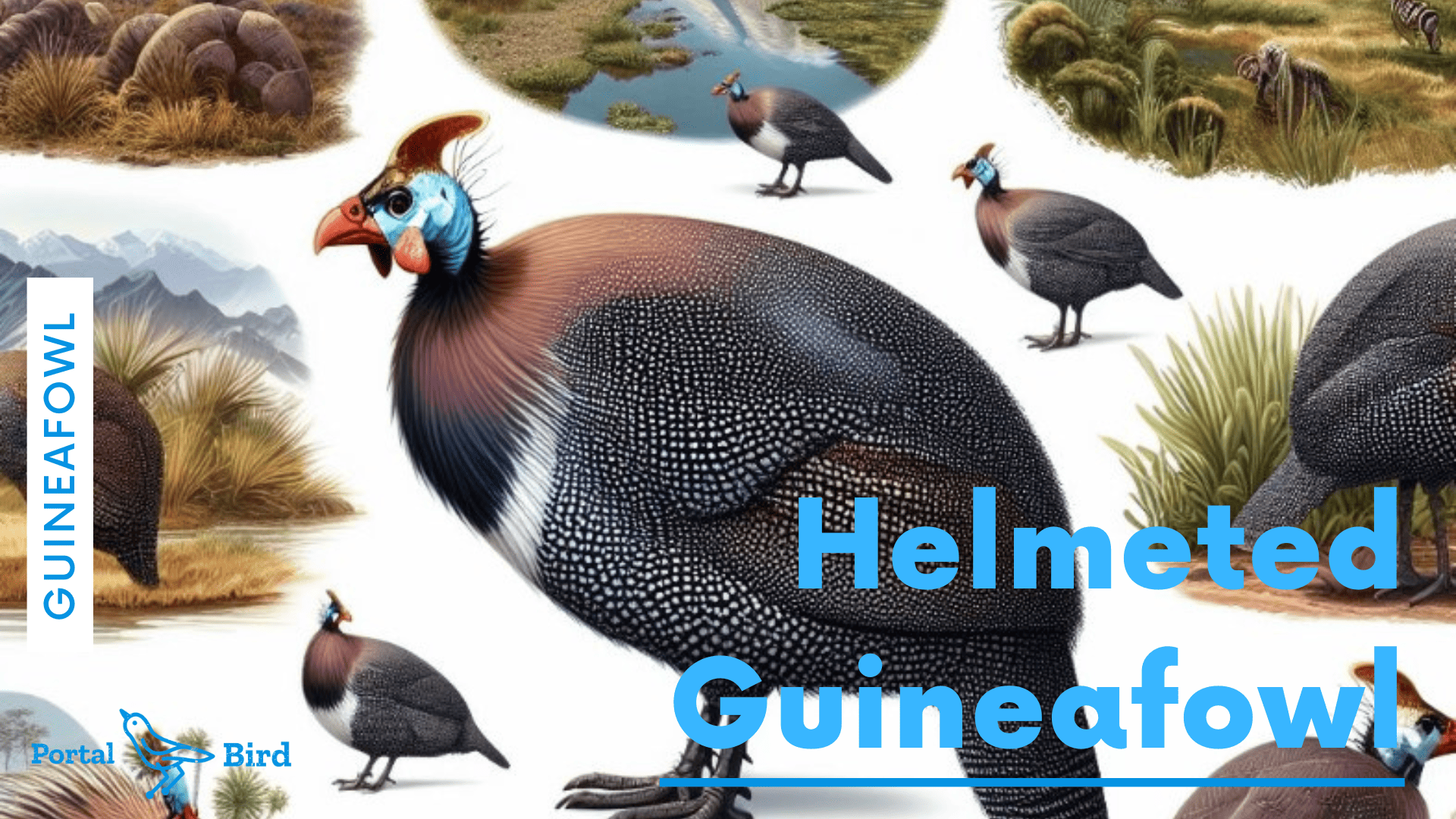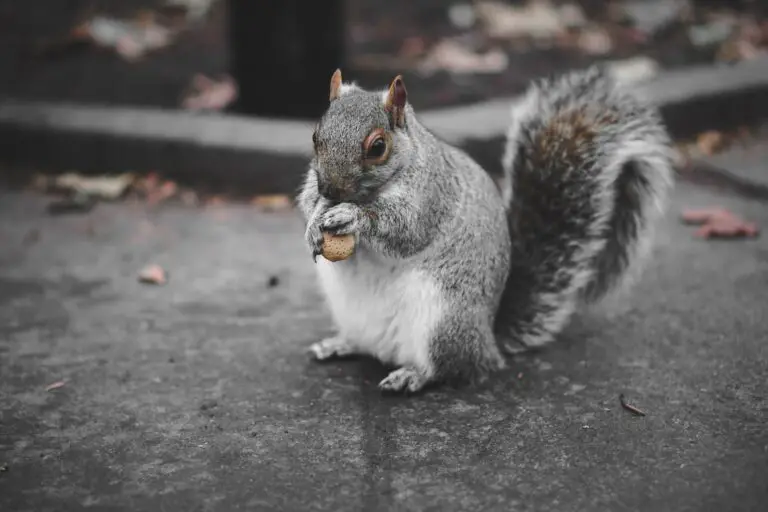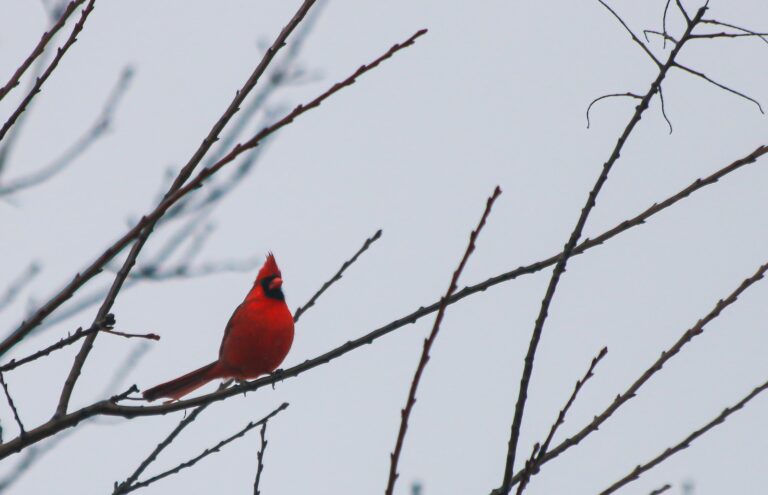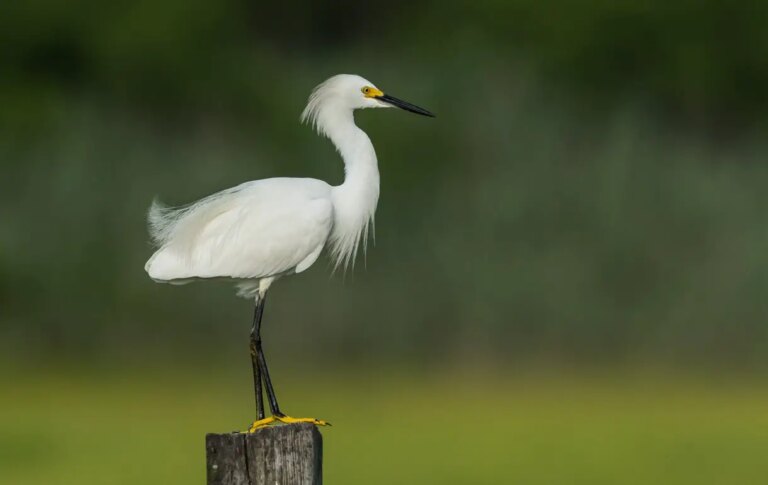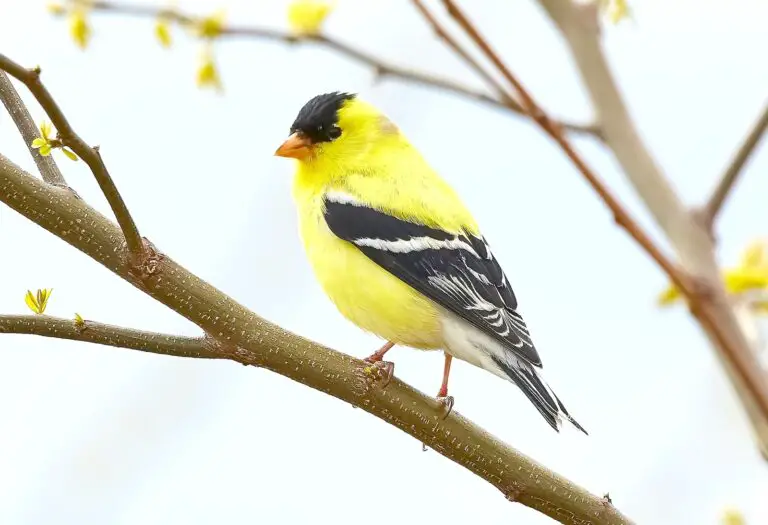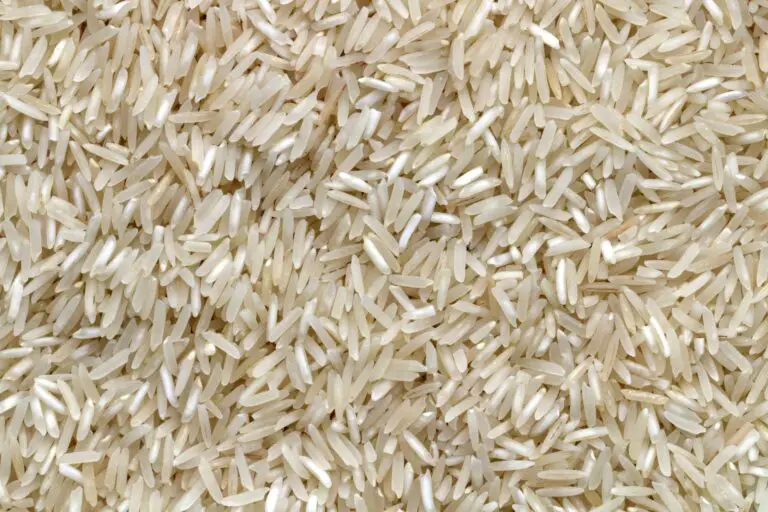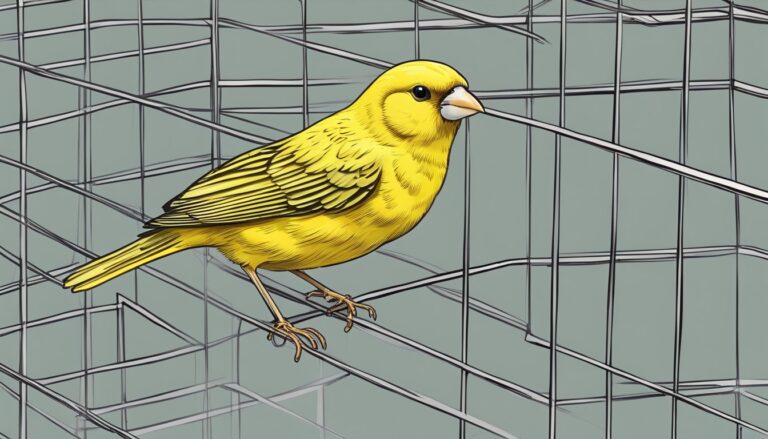Helmeted Guineafowl
The Helmeted Guineafowl, with its vibrant and captivating presence, entices us to embark on a journey into its intricate habitat, exploring its physical characteristics and observing its fascinating social behaviors.
As we delve into the scientific realm of this majestic bird, we are privileged to witness its unique feeding habits and meticulously observe its nesting and reproductive practices.
The secrets of this remarkable species are unveiled with each word, evoking a sense of wonder and admiration for the marvels of nature.
Join us on this enthralling expedition into the realm of the Helmeted Guineafowl, as we, lifelong enthusiasts of avian wonders, share our profound knowledge gained from years of dedicated observation and study.
Key Takeaways
- Helmeted Guineafowl are highly adaptable birds found in sub-Saharan Africa.
- They have physical characteristics such as a feathered helmet, bare face, spiky neck and back feathers, and vibrant coloration.
- They have a diverse diet and forage in large flocks, using strong beaks and keen sight.
- Helmeted Guineafowl are highly social birds, engaging in vocal communication and cooperative breeding with communal nests.
Habitat and Distribution
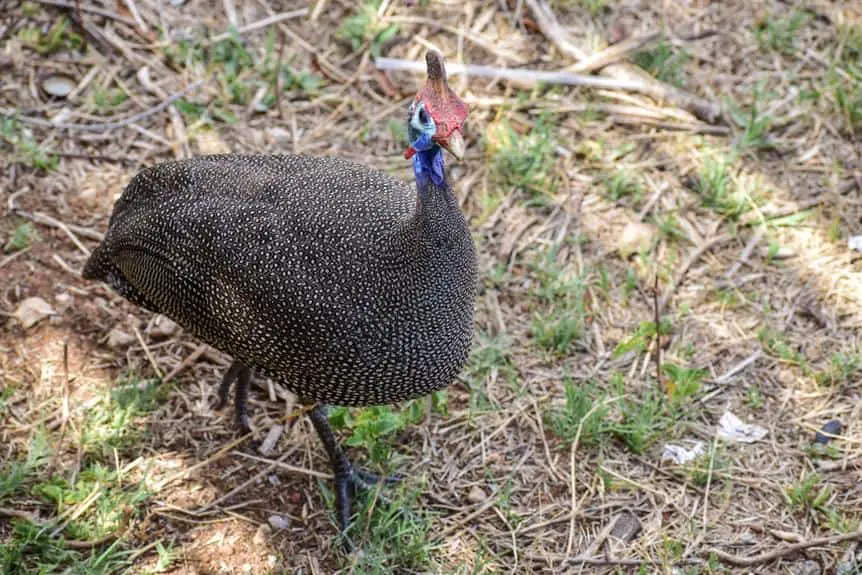
The Helmeted Guineafowl is found in a wide range of habitats across sub-Saharan Africa. These birds are highly adaptable and can thrive in various environments, including grasslands, savannas, scrublands, woodlands, and even agricultural areas.
They are commonly seen in both open and semi-open habitats, where they can find sufficient cover and food sources. The distribution of Helmeted Guineafowl extends from southern Mauritania and Senegal to Ethiopia and Somalia, and south to South Africa.
They are also found on several islands in the western Indian Ocean. This widespread distribution is due to their ability to adapt to different climatic conditions and habitats. These birds are known for their freedom of movement, utilizing their strong wings and agile legs to explore and forage across their range.
Physical Characteristics
An adult Helmeted Guineafowl has a distinct appearance with its feathered helmet, bare face, and spiky feathers on its neck and back. This unique combination of physical characteristics sets it apart from other bird species. To further understand the significance of these features, consider the following:
- Feathered helmet: The helmeted guineafowl’s prominent feathered crest serves multiple purposes, including communication, mating displays, and protection from predators.
- Bare face: The guineafowl’s face lacks feathers, which allows for efficient heat dissipation and prevents the accumulation of dirt and debris.
- Spiky neck and back feathers: The spiky feathers on the neck and back act as a form of defense by making the guineafowl appear larger and more intimidating to potential threats.
- Vibrant coloration: The guineafowl’s plumage features a mix of black, white, and gray feathers, providing camouflage in its natural habitat.
Understanding these physical characteristics enhances our knowledge of the helmeted guineafowl’s unique adaptation strategies. Transitioning to the next section, let’s explore their feeding habits.
Feeding Habits
Helmeted guineafowl exhibit diverse feeding habits, consuming a wide variety of plant material, insects, seeds, and small vertebrates. Their feeding preferences vary depending on factors such as availability and seasonality.
These birds are opportunistic foragers, using their strong beaks to peck and probe the ground in search of food. They have a keen sense of sight and can spot small insects and seeds from a distance.
Guineafowl are known to form large flocks while foraging, which allows them to cover more ground and increase their chances of finding food. They have also been observed engaging in dust bathing, a behavior that helps to maintain their plumage and remove parasites.
The table below provides a breakdown of the different types of food consumed by helmeted guineafowl:
| Food Type | Description |
|---|---|
| Plant Material | Includes leaves, fruits, and flowers |
| Insects | Consists of beetles, grasshoppers, and caterpillars |
| Seeds | Mainly from grasses and other plants |
| Small Vertebrates | Includes small reptiles, amphibians, and rodents |
Understanding the feeding habits of helmeted guineafowl is crucial for their conservation and management, as it helps to ensure the availability of suitable food sources in their habitats.
Social Behavior
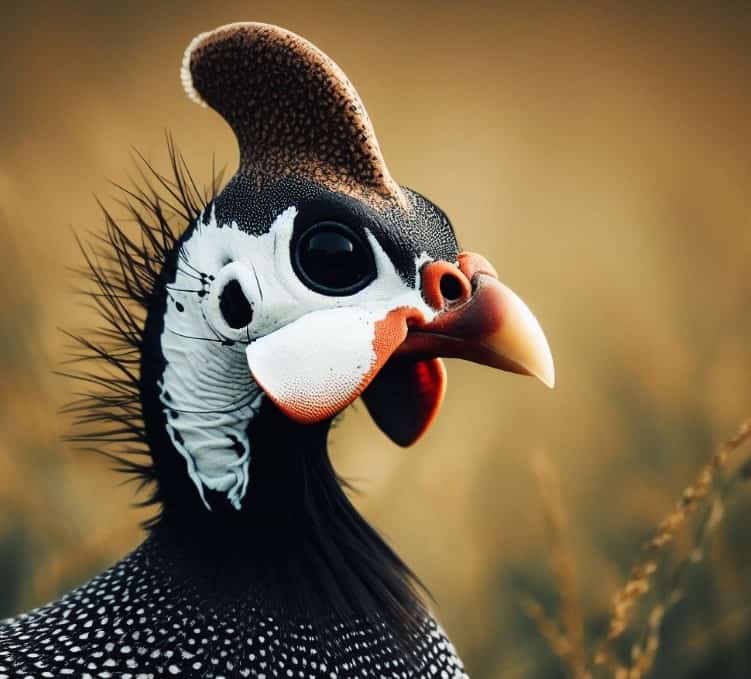
Interestingly, helmeted guineafowl are highly social birds and exhibit complex behaviors that play a crucial role in their interactions with other members of their flock. Here are four fascinating aspects of their social behavior:
- Flocking: Helmeted guineafowl form large flocks, consisting of dozens to hundreds of individuals. These flocks provide safety in numbers, helping to protect against predators and share information about food sources.
- Vocal Communication: These birds have a diverse repertoire of calls, including alarm calls, contact calls, and courtship calls. Vocalizations play a crucial role in maintaining group cohesion, signaling danger, and attracting mates.
- Cooperative Breeding: Helmeted guineafowl engage in cooperative breeding, where multiple females lay their eggs in a communal nest, while other members of the flock assist in incubation and rearing of the chicks. This cooperative behavior helps to increase breeding success and survival rates.
- Hierarchical Structure: Within the flock, helmeted guineafowl establish a hierarchical structure, with dominant individuals at the top. This social hierarchy helps to reduce conflicts and maintain order within the group.
Reproduction and Nesting
During the breeding season, helmeted guineafowl engage in a complex reproductive process that involves courtship displays, mate selection, and nest building.
Males display their fitness and attract females through elaborate courtship dances, which include wing-flapping, head-nodding, and vocalizations.
These displays not only serve as a means of communication but also allow females to assess the quality of potential mates. Once a male and female form a pair bond, they search for a suitable nesting site.
The female takes the lead in nest building, using materials such as grass, leaves, and twigs to construct a shallow depression on the ground. She then lays a clutch of 8-12 eggs, which both parents will incubate for about 26-28 days.
The hatched chicks are precocial, able to walk and feed themselves shortly after birth, and they remain with their parents for several months before becoming independent.

